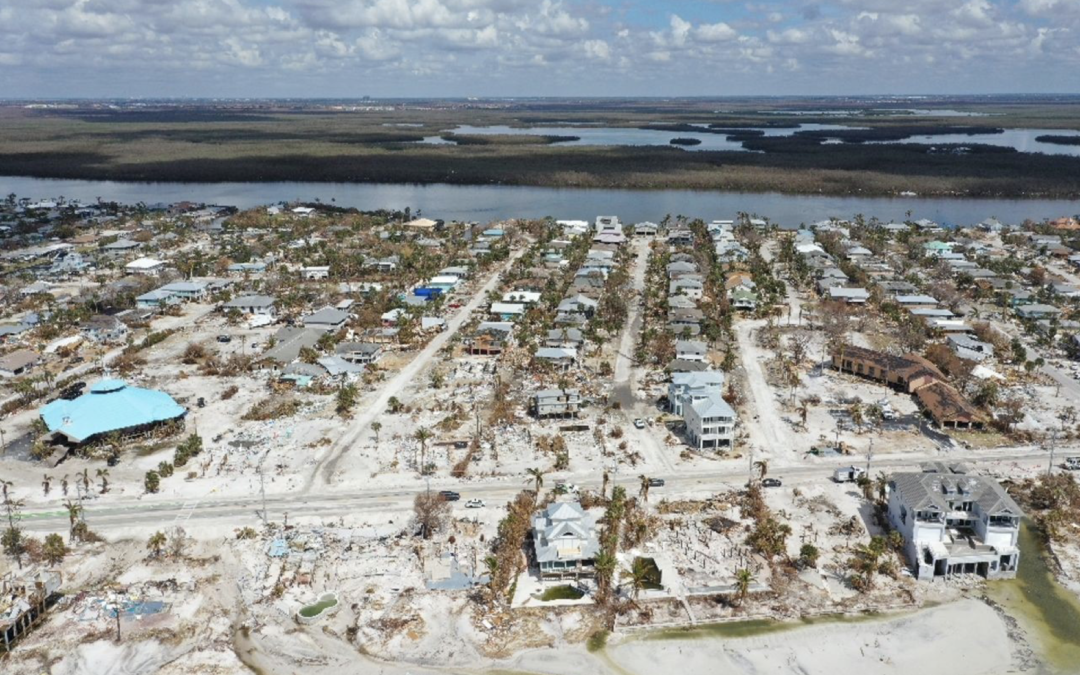FORT MYERS BEACH, Fla.—Trixie Parkes’s 1976 wood-framed cottage long served as her home and main source of income, because she rented two units on the top floor to tourists. But when Hurricane Ian tore through in late September, it destroyed most of the first floor and gouged a gaping hole in the second-floor walls. She didn’t have flood insurance, which she said became too expensive after Hurricane Irma in 2017.
Ms. Parkes, 59, plans to sell her property. “I have a great location,” she said. “Maybe somebody will come and offer me a lot of money and I can walk away.”
Five blocks away stands a roughly $2 million house that weathered the storm with negligible damage. Fernando Gonzalez built the two-story, concrete-block home six years ago to exceed the requirements of the building code at the time.
Instead of raising the house 12 feet as required, he said he lifted it 4 feet more. He said he also built the foundation stronger than mandated, going 6 feet below the ground and installing thick concrete walls instead of columns, with vents to allow water to flow through in case of storm surge. He estimated such upgrades added about $15,000 to the construction costs.
“If you want the luxury of living near the ocean, you have to pay,” said Mr. Gonzalez, 57.
Strong hurricanes and stricter building codes, arriving in succession, are changing the economic and demographic makeup of Florida’s coastal communities. Inexpensive cottages vulnerable to harsh weather are giving way to pricier homes that are more resilient—a transition that is fortifying the housing stock, but limiting who can afford to live on the coast.
… CLICK HERE TO READ THE WHOLE STORY AT THE WALL STREET JOURNAL (subscription required)

